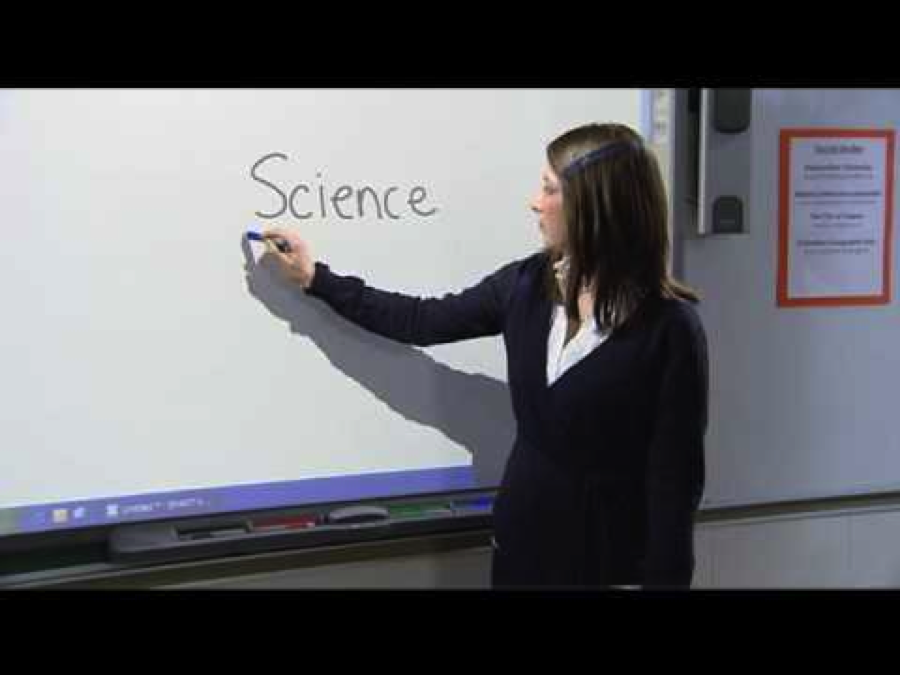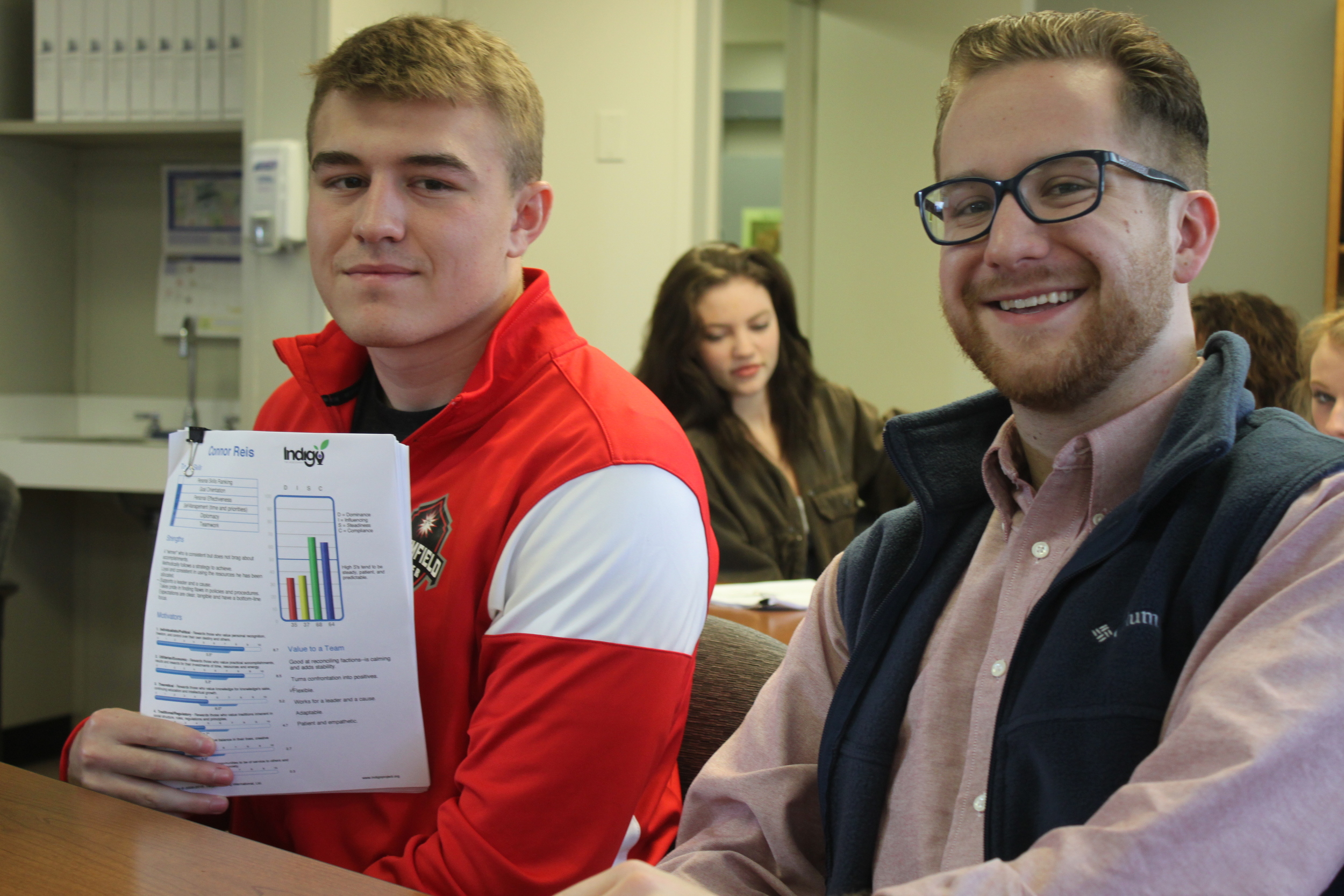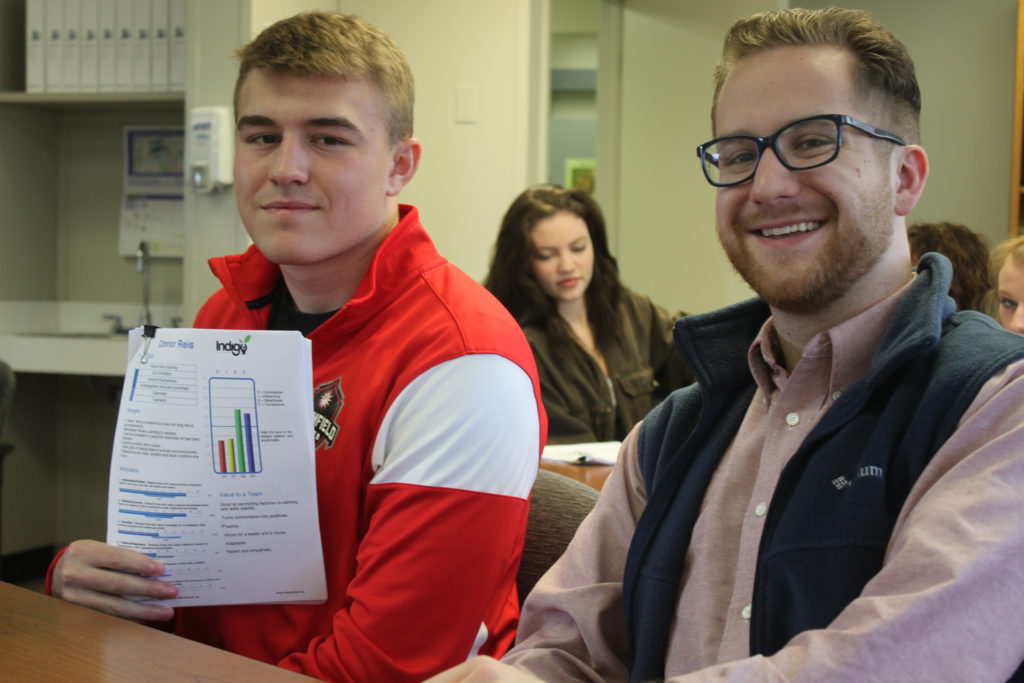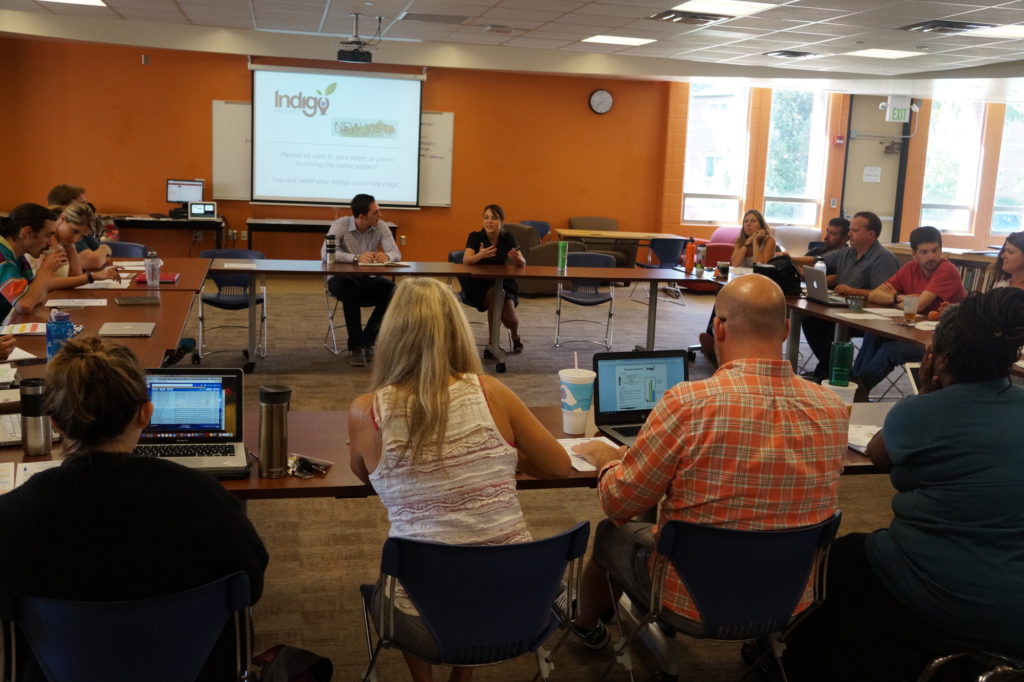Personalizing School Culture Causes Radical Transformation
Personalizing School Culture Causes Radical Transformation
March 14th 2016, Written by Nathan Robertson
Your School is Struggling? Tacking on a New Computer Lab is not the Answer
I remember when my district began introducing smart boards into my high school. Teachers fought for a classroom outfitted with the new technology. Educators began to build lesson plans around the boards, excited as they imagined how students would gape in awe at the digital equivalent of a whiteboard.

However, as a current high school student at the time, I remember how my friends and I actually responded. A lackluster comment here, a raised eyebrow there, and any interest the smart board may have initially garnered dissipated within a matter of weeks. Math was still math, whether you wrote it with a dry-erase marker or a digital marker (we frequently mixed up the two types of markers, much to my teachers’ chagrin).
In college, the same trend continued. I remember how bullishly the journalism school fought for students to get iPads. The professors felt like rock stars handing out 100 iPads in a lecture hall – their class had now been validated as a “cool” place to learn because of 1:1 hand-held technology in the classroom. I am remember looking quizzically at the fresh iPad with a university branded cover, tossing it in my bag, and then opening up my computer where all of my files were stored. The majority of students followed the same behavior.

Technology in schools is a boon for innovation – new tech brings new applications and options for educators. However, smart boards and iPads are not the solutions – they are not the independent variables that drive educational outcomes. You need to go deeper than surface-level tech plugins to impact schools in meaningful ways.
Put simply, technology needs to be married with personalized learning. Schools need to be using more applications that facilitate tailoring pedagogy, curriculum, school culture, and even the school environment to students. Any technology that doesn’t contribute to personalizing learning holds little to no value in improving the quality of education.
Personalized Learning – Why it’s Important, Why it’s Hard, and What We’re Doing About It
Personalized learning means diversifying academic instruction, strategies, and experiences to meet the unique strengths and needs of individual students. In short, it’s the transition from a one-size-fits-all teaching approach to inviting students to help co-create their own education. It’s the power of listening for how students actually want to learn, and building a path that makes sense for each individual.
Although the modern wave of personalized learning is still nascent, schools that take on personalizing learning are seeing tangible impacts in their classrooms. Schools that are taking personalized learning are seeing major shifts such as 20% more students pursuing college and 14% more satisfactory grades across the board. Personalized learning isn’t just an interesting trend, it’s something that is unlocking student potential across schools.
In reality, however, personalized learning is difficult to implement because educators cannot copy and paste successful initiatives from one school to another. Since successful personalized learning is tailored toward an individual school’s culture and students, there’s no guarantee of repeated outcomes from any schools attempting to mimic them. While there are models that exist to help guide schools through the conceptual path, there is no easy solution. Because of this, 78% of teachers say meeting the personalized learning needs of students is too difficult.
So how does technology come into play with personalized learning? Schools are in need of technology that gives them more avenues to reach students. Cloud technologies and products that track meaningful student data provide new, innovative, low-cost avenues to make personalized learning possible in all types of school – from upper-end private schools in California to inner-city public schools in Detroit.

Technology that helps schools personalize education is what we need– but what does that technology look like? How do schools avoid throwing EdTech products at their teachers until something works? How do education leaders cobble together a series of ideas and philosophies that actually fit their students without getting frustrated by trial and error?
At Indigo Project, we believe that the most crucial piece of any personalized learning initiative is knowing the answer to the following three things:
- Who are the administrators? How do they like to work?
- Who are the teachers? How do they like to teach?
- Who are the students? How do they like to learn?
We help schools find the answers to all three with the Indigo Assessment, a corporate-level assessment that measures the Behaviors, Motivations, Skills & Strengths, and Social Emotional Health of each individual. We test everyone – from the youngest freshmen to the most tenured administrator – and use the data to paint a picture of the school body. Once you understand who the administrators, teachers, and students are, how they operate, and what they want, you can start effectively personalizing the school to fit its people.
We’ve worked with more than 30 high schools and universities – more than 8,000 students and teachers. Below are three stories from schools that began to personalize their schools based on Indigo’s data and saw their schools begin radical, positive transformation.
Pinnacle High School – Identifying Leaders

In Pinnacle High School in northern Denver, Principal Todd Bittner and his teachers are using Indigo to identify potential leaders who may otherwise go unnoticed. Teachers are pulling in “problem students” into their office hours to talk about their strengths, skills and passions, and connecting them to clubs and opportunities where they can put those strengths to use in a positive way. For example, one teacher looked up the Indigo Report of a student causing issues in his class and discovered one of his top skills was leadership. Instead of shutting him down, he decided to give him a leadership position in the classroom and it transformed the entire dynamic of the class. The student went from being a “problem” to being an engaged, positive example of a leader.
“It’s giving students confidence,” Principal Todd Bittner said. “They start thinking ‘maybe I can go to college’ – Indigo is giving us hope.”
The Academy – Change School Culture

Indigo has the potential to change the whole culture in a school. At The Academy, Principal Cody Clark is giving students control of clubs and activities and watching the community thrive. The Indigo test identified that his students want to give back and make a positive impact in the community – and so he started providing opportunities to do just that. As a result, coat drive donations went up, food drive donations went up, the student council doubled the attendance at the homecoming dance, and classroom behavior referrals went down 50%.
“This has been transformational for the school,” Clark said. “It breaks down barriers.”
Peak to Peak – Building Strengths Improve Grades

Helping students understand their strengths improves academic performance. At Peak to Peak High School, Counselor Kimberly Gannett ran a 10-week group with failing sophomores. They all took the Indigo Assessment before beginning the group. Each week, they focused on the different strengths in their Indigo Reports and how they could use them in their school and in their futures. As a result, at the end of ten weeks the number of failing grades in the group went from 30 grades to only 3 grades.
“I really do feel it was the first time for those kids in their entire lives where we focused on what they were good at instead of what they were failing,” Gannett said. “I’ve never seen a change like that in my 20 years of education.”
The common denominator of change wasn’t new technology; it was creating opportunities for students that let them take charge of their education. If you give students the opportunity to connect their strengths to your curriculum, leaders emerge, referrals go down, and failing grades disappear. It’s all about leveraging your resources to create learning opportunities that make sense for students.
Indigo does use technology in our process – our assessment and online cloud-based platform are key parts of how we execute. Although they are key parts of what we do and help catalyze change, educators don’t walk away praising the tech. They walk away in awe that they found answers to the three questions Indigo solves when we begin working with any school – they discover who are their students, who are their teachers, and who are their administrators.
Conclusions

Indigo is pushing our schools into new territory. We’ll be launching a long-term personalized learning plan that will use our data as a base to guide schools to the next level of personalized learning; students and teachers will be working together to set school culture, seniors will be teaching social emotional resiliency to freshmen, and all students will be advocating with their community and school to find opportunities that enhance and push forward their studies in impactful ways.
As we continue to grow and add tools to our arsenal, however, we fight to make sure we don’t lose sight of why our work is important. It’s not because of the tools, the gadgets, and the plans. It’s important because of what that helps schools accomplish. We don’t celebrate Indigo’s accomplishes – we celebrate the accomplishments of schools like Pinnacle, The Academy, and Peak to Peak.
Indigo isn’t another EdTech thing to slap on the wall next to the smart board. It’s a process that engages with the one thing in school that’s not going out of style anytime soon – people.
Personalizing School Culture Causes Radical Transformation Read More »






